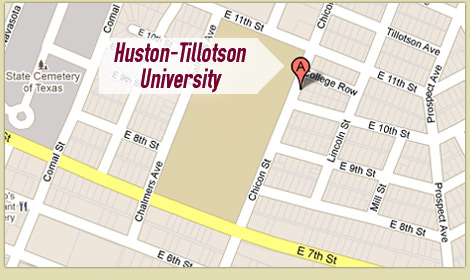
Supply and Demand for Educators in Texas
|
Texas Education Agency Over the next decade, there will be an increasing demand for new teachers due in part to a dramatic increase in enrollments and high attrition rates as an aging teacher workforce becomes eligible for retirement. As demographics change in Texas, there will be an increasing need to attract minority teachers. One of the goals of the SBOE is to have a teacher workforce that reflects the racial-ethnic composition of the state. Continue reading… |
||
|
2020-2021 Teacher Shortage Areas and Loan Forgiveness Programs The United States Department of Education (ED) has approved the 2020-2021 teacher shortage areas submitted by the Texas Education Agency (TEA). The approved state-level shortage areas for the 2020-2021 school year are:
The approved shortage areas help administrators support the recruitment and retention of qualified teachers. Continue reading: |
||
|
Teacher Supply & Demand State Data Guide As states and districts work to help students recover from learning losses suffered during the pandemic, concerns over teacher shortages continue to plague local leaders. To understand the teacher labor market and help address teacher staffing challenges, states need specific information about what each district and school is experiencing. To help your state gain a better understanding of the teacher labor market, NCTQ identified key questions, along with the key data elements needed to answer these questions, that are critical to understanding your state’s local teacher workforce needs. Continue reading |




